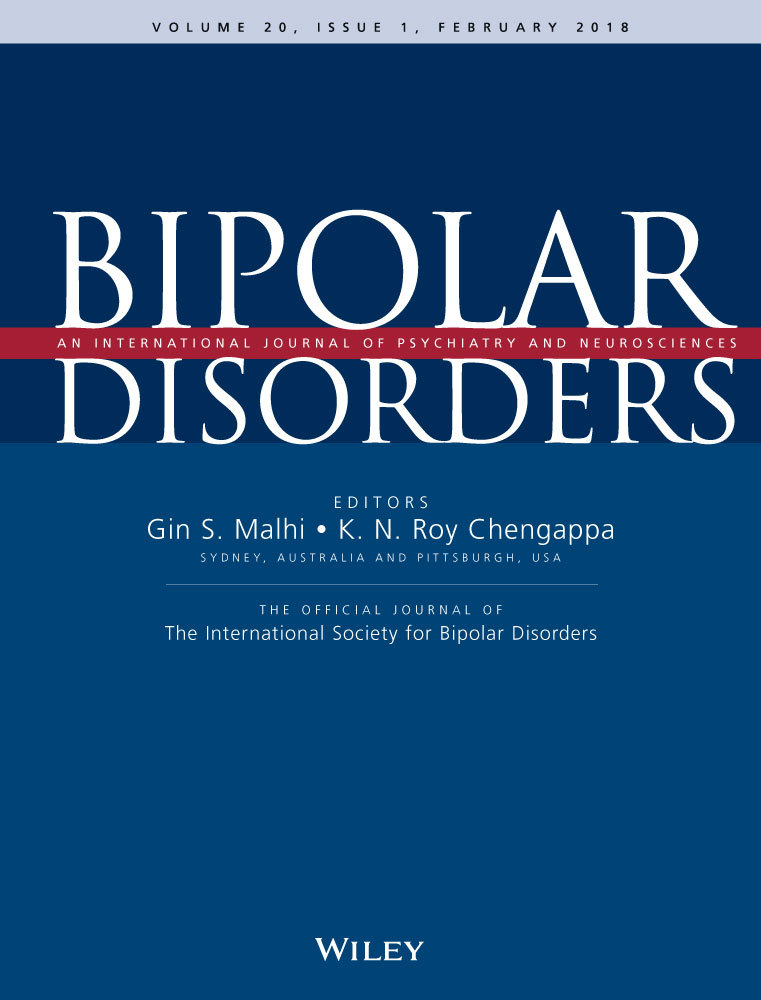Reduced electroencephalogram responses to standard and target auditory stimuli in bipolar disorder and the impact of psychotic features: Analysis of event-related potentials, spectral power, and inter-trial coherence
Correction added on 8 November 2017, after first Online publication: Figures swapped.
Abstract
Background
Bipolar disorder (BD) is associated with reductions in the P3b event-related potential (ERP) response to target auditory stimuli, which suggests deficits in context updating. Previous studies have typically examined these responses in the temporal domain, which may not capture alterations in specific frequencies of phase-locked or induced electrophysiological activity. Therefore, the present study examined early and late ERPs in temporal and frequency domains in a bipolar sample with and without current psychotic features.
Methods
The electroencephalogram (EEG) was recorded during an auditory oddball task. Seventy-five BD patients and 98 healthy controls (HCs) discriminated between standard and target tones. N1 ERPs to standards and P3b ERPs to targets were analyzed in the temporal domain. Event-related spectral perturbation (ERSP) and inter-trial coherence (ITC) were analyzed in the frequency domain.
Results
The early N1 response to standard tones was not significantly different between the total HC and BD samples irrespective of psychotic features. However, N1 amplitude was reduced in BD patients with psychotic features (BDP) compared to HCs and BD patients without psychotic features. P3b was reduced in BD patients versus HCs, with the BDP sample having the most reduced amplitude. In the time-frequency analysis, delta and theta ERSP and ITC were reduced across the time window for both standard and target stimuli in BD patients compared to HCs, but did not differ in the psychotic features analysis.
Conclusions
The results provide neural evidence that BD is associated with disrupted sensory, attentional, and cognitive processing of auditory stimuli, which may be worsened with the presence of psychotic features.




